Marine mammals play a vital role in our planet's delicate ecosystem. They have a profound influence on the health and balance of the oceans, which is why we believe it’s important to explore their diversity and highlight their importance.
Types of Marine Mammals
There are three main groups of marine mammals: cetaceans, pinnipeds, and sirenians. Each group exhibits unique characteristics and behaviours that have allowed them to thrive in their marine habitats.
Cetaceans
Whales, dolphins, and porpoises are the main species within the “Cetaceans” group. They are known for having streamlined bodies which enable efficient movement through the water.
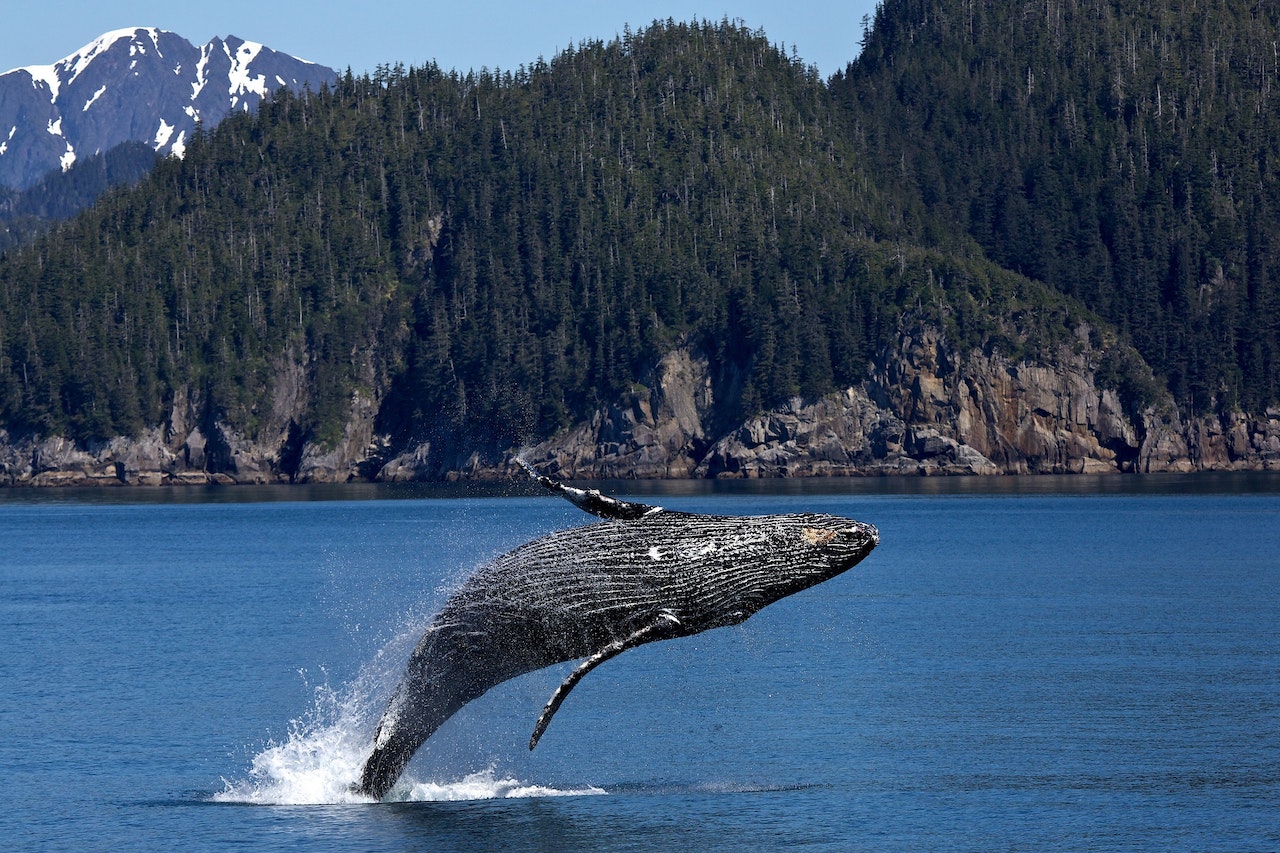
Whales
Whales are the largest creatures on Earth. They can be further classified into two main groups:
- Baleen Whales: Baleen whales, such as the humpback and blue whale, possess baleen plates instead of teeth, and filter feed on small organisms like krill.
- Toothed Whales: Toothed whales (like killer whales) have sharp teeth and are skilled hunters, preying on fish, squid, and even other marine mammals.
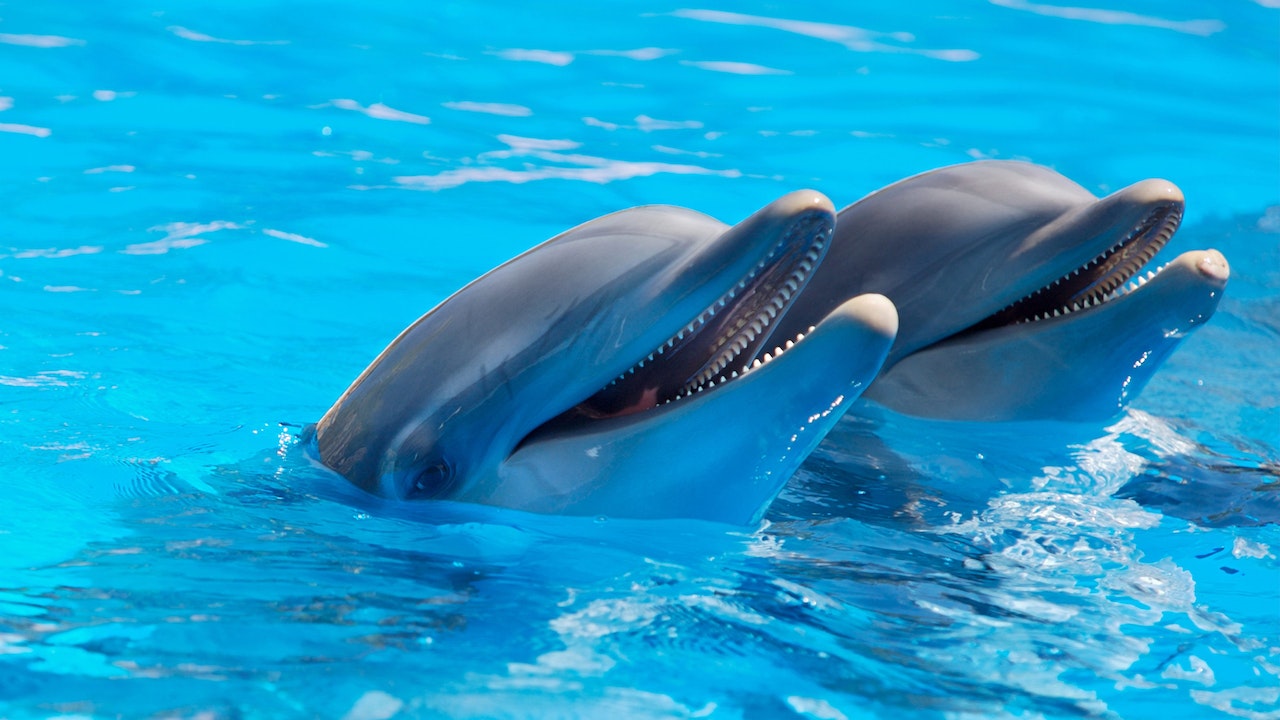
Dolphins
Dolphins are highly intelligent and social marine mammals that are known for their playful nature. They often form tight-knit social groups (called “pods”) and exhibit complex communication and cooperative hunting strategies.
Porpoises
Porpoises are similar to dolphins but have shorter snouts and different tooth structures. They tend to be smaller than dolphins, and more commonly inhabit coastal waters.
Pinnipeds
Pinnipeds are marine mammals with front and hind flippers, making them adept swimmers. This group includes seals, sea lions, and walruses.
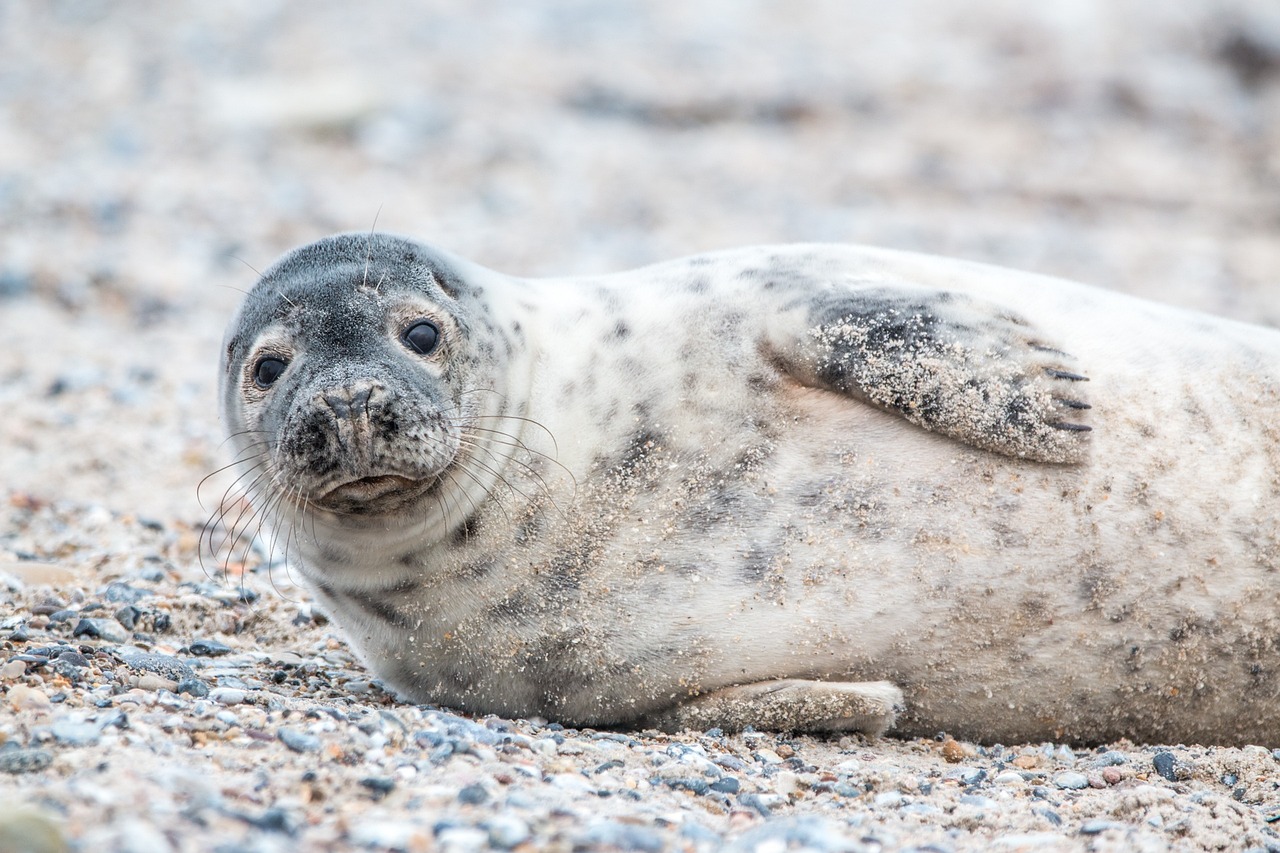
Seals
Seals have streamlined bodies and are adapted for a semi-aquatic lifestyle. They spend much of their time in the water but also come ashore for breeding and resting.
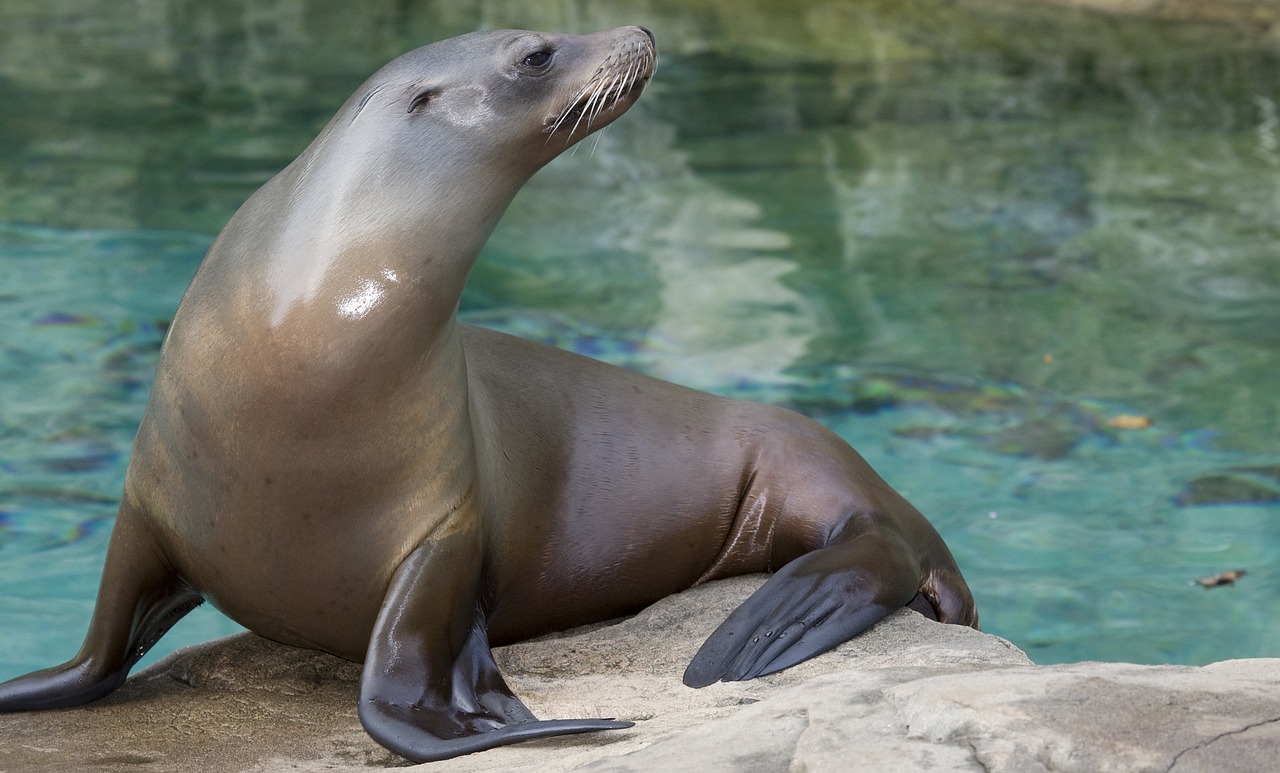
Sea Lions
Sea lions are known for their external ear flaps and ability to walk on land using their large flippers. They are highly social animals, often forming colonies on rocky shores.
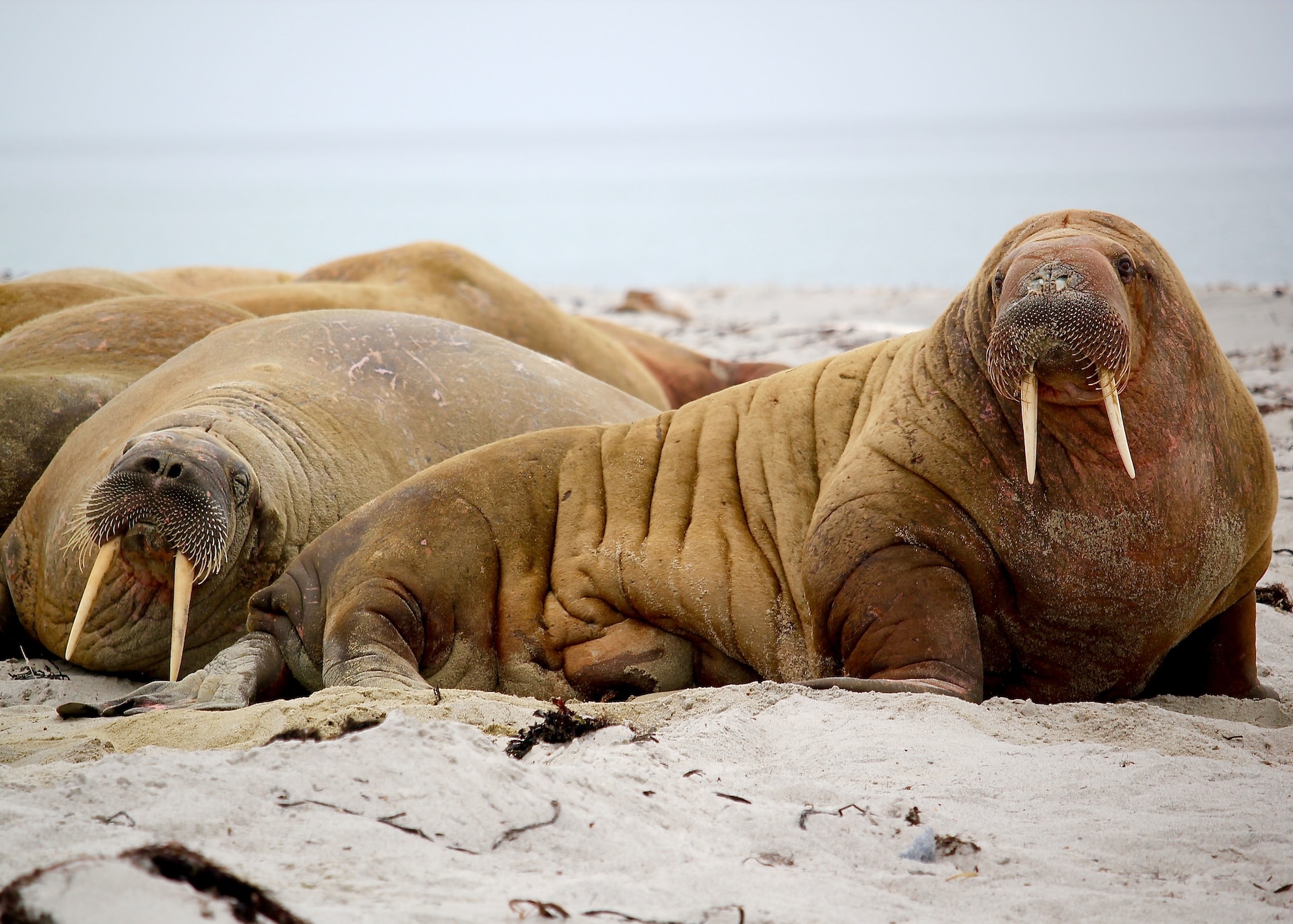
Walruses
Walruses are characterised by their prominent tusks and whiskers. They inhabit Arctic regions and are specially-adapted to survive in icy conditions.
Sirenians
Sirenians are large, herbivorous marine mammals. The two main species of sirenians are manatees and dugongs.
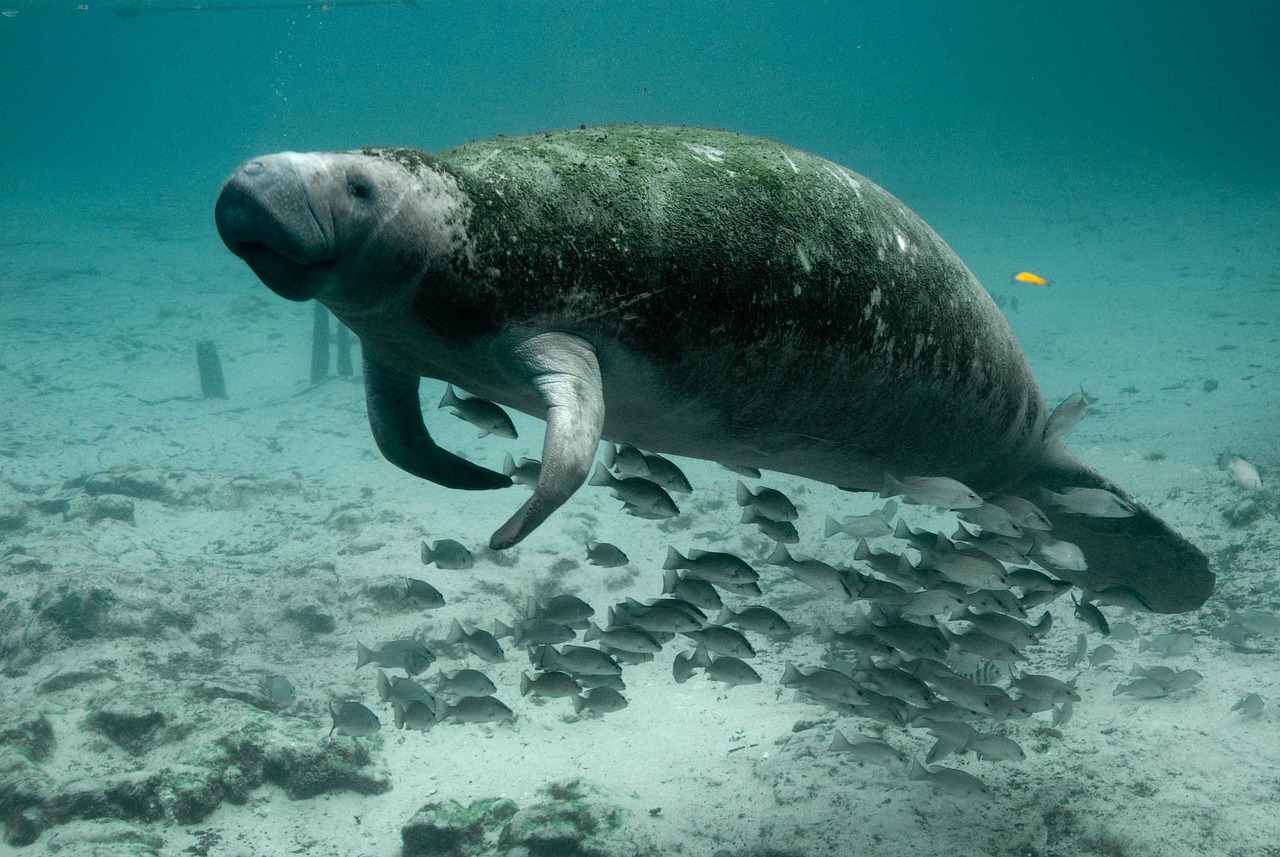
Manatees
Manatees are gentle herbivores that inhabit both freshwater and marine environments. They are slow-moving and often found in warm coastal waters.
Dugongs
Dugongs are similar to manatees and are primarily found in the waters of the Indo-Pacific region. They are closely related to manatees, but have a distinct tail shape.
Endangered Marine Mammals Species
Unfortunately many marine mammal species are in jeopardy around the world. Problems like habitat degradation, pollution, climate change, and unsustainable fishing practices have pushed several species to the brink of extinction. Understanding their conservation status is crucial for raising awareness and for implementing effective measures to protect these vulnerable creatures.
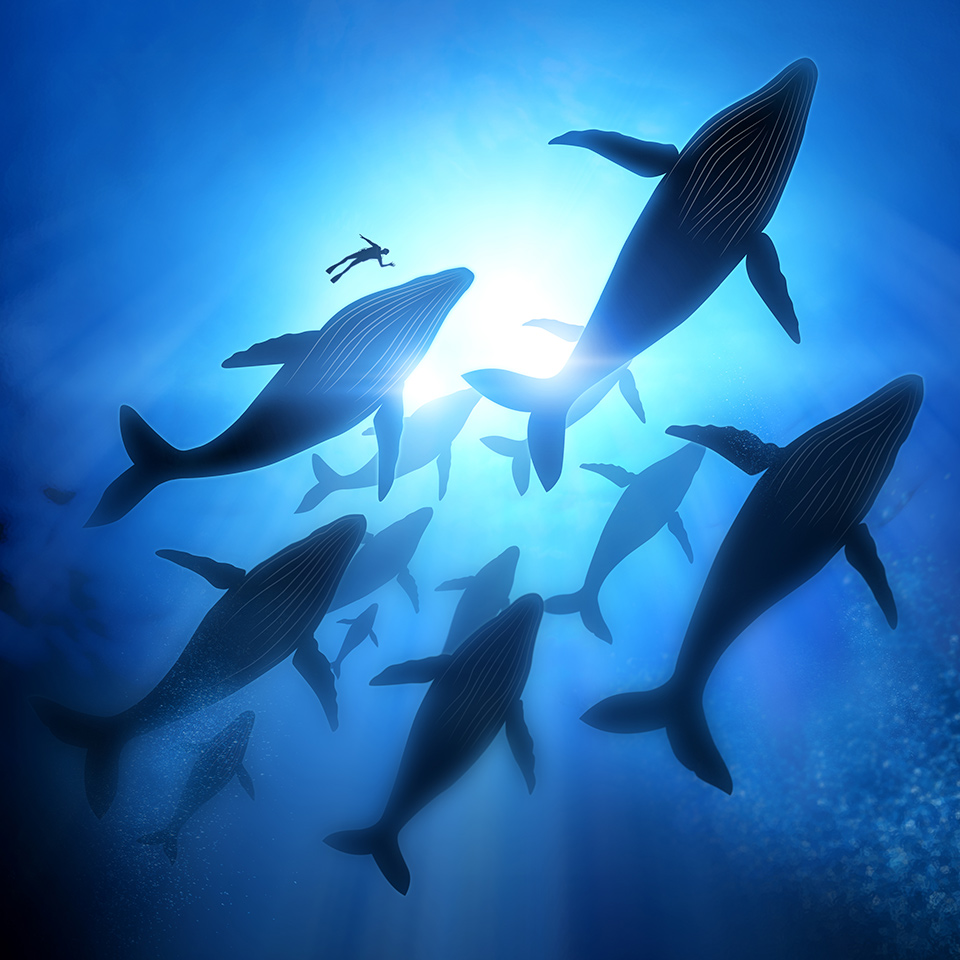
Here are a few of the marine mammal species that are classified as endangered:
Blue Whale
The blue whale, the largest animal on Earth, is classified as endangered due to it historically suffering from commercial whaling, collisions with ships, and ocean noise pollution.
North Atlantic Right Whale
The North Atlantic right whale is one of the most endangered whale species. Its population has been severely impacted by entanglement in fishing equipment, collisions with ships, and habitat degradation.
Hawaiian Monk Seal
This monk seal is only found in the waters of the Hawaiian Islands, and is one of the rarest marine mammals. Its population has declined primarily due to habitat loss, entanglement in marine debris, and predation.
Vaquita
The vaquita is a small porpoise species that’s endemic to the Gulf of California, and is critically endangered. Illegal fishing practices, particularly the use of gillnets, pose a significant threat to its survival.
Amazon River Dolphin
The Amazon river dolphin, also known as the pink river dolphin, faces threats from habitat destruction, pollution, and unsustainable fishing practices.
Polar Bear
Polar bears spend most of their time on land, but are still technically marine mammals. It relies on sea ice for hunting, and has been greatly affected by climate change. The loss of its sea ice habitat is a significant threat to its survival, leading to a classification of “vulnerable”.
Sea Otter
Sea otters are classified as endangered due to the historical fur trade and ongoing threats like oil spills, habitat loss, and predation.
Steller Sea Lion
The Steller sea lion, found in the North Pacific, is listed as a threatened species. Overfishing, pollution, and disturbance of breeding colonies have contributed to its population decline.
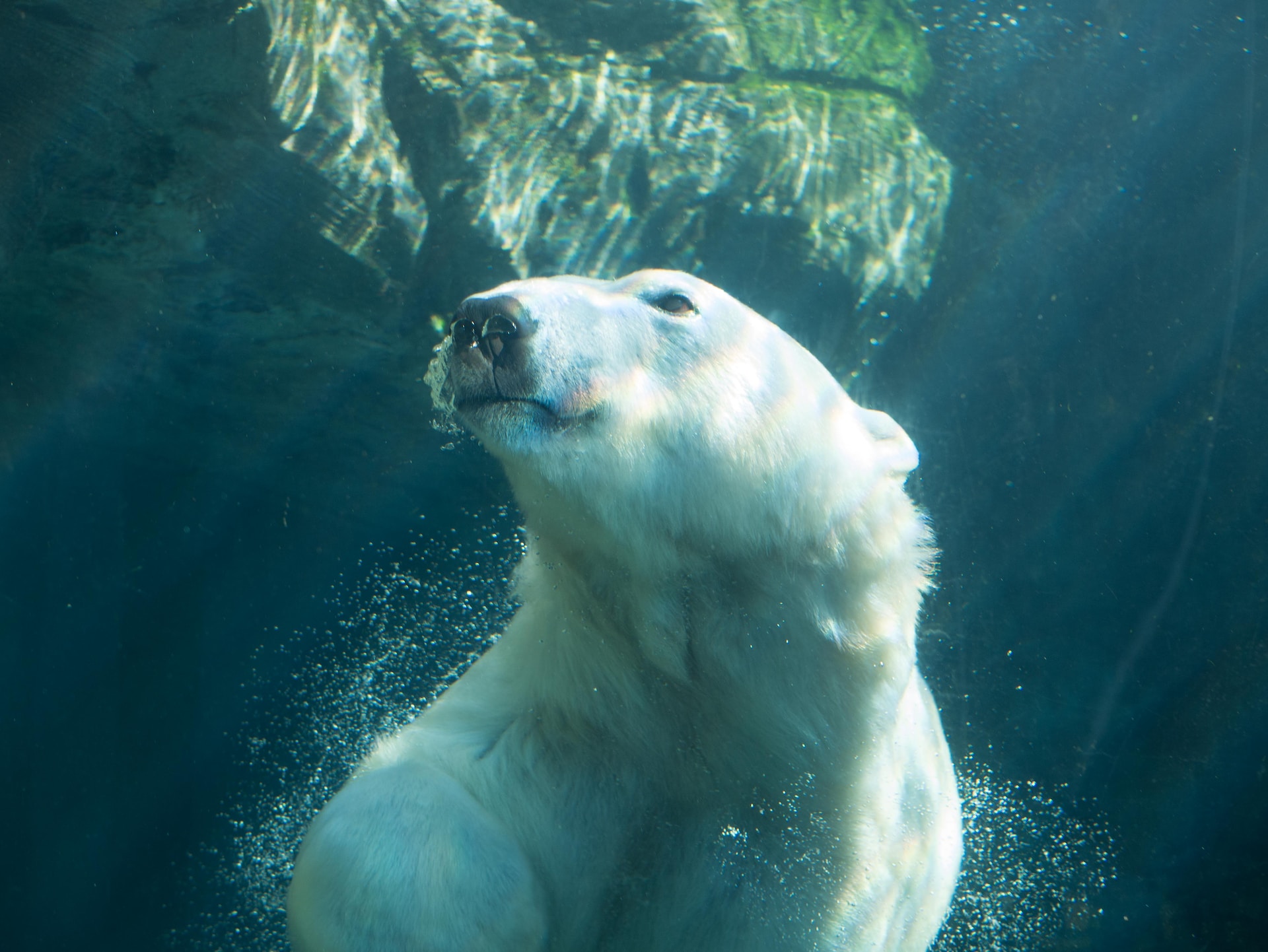
The Importance of Marine Mammals
Marine mammals play critical roles in maintaining the health and balance of marine ecosystems. Their presence and activities contribute to various aspects that are vital for the functioning of oceans.
Ecologically
Marine mammals serve as key players in trophic interactions, occupying important positions in marine food chains. They regulate prey populations, which helps to maintain balanced ecosystems. Through their movements and feeding behaviours, marine mammals contribute to nutrient cycling in the oceans. Their excretions and carcasses provide nutrients that support the productivity of marine environments.
Indicator Species
Marine mammals act as indicators of ecosystem health and environmental changes. Their well-being and population trends reflect the overall state of the marine environment. Monitoring their populations and behaviours can therefore provide valuable insights into the impacts of pollution, climate change, and habitat degradation.
Conservation Efforts
Numerous international initiatives and organisations are dedicated to marine mammal conservation. They work towards the protection of habitats, the reduction of threats, and the implementation of sustainable management practices.
These efforts focus on measures such as the establishment of protected marine areas, the mitigation of human impacts like bycatch and ship strikes, and public awareness campaigns to foster a sense of stewardship towards these majestic creatures.
If you’d like to learn more about marine biology, then consider enrolling in our Marine Biology Diploma Course. Available for just £29 (save £98!), it will give you a wealth of knowledge about conservation, sustainability, and the impact that humanity is having upon our oceans, and even set you upon the path to pursuing a career that contributes to marine conservation.





